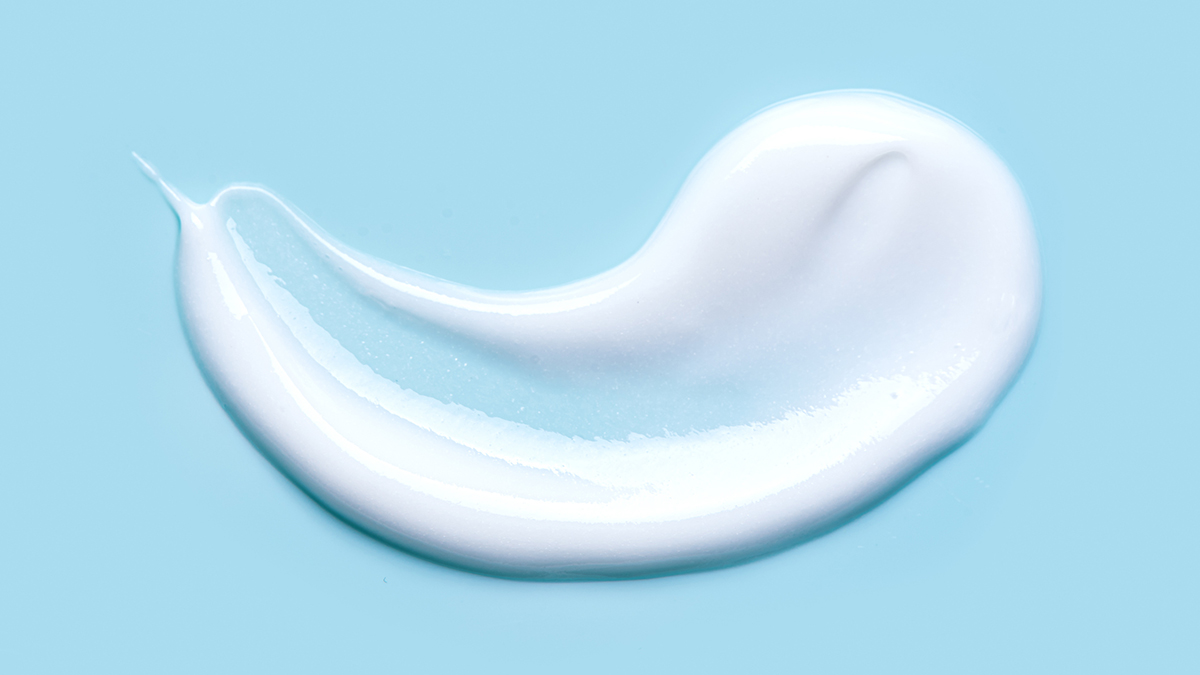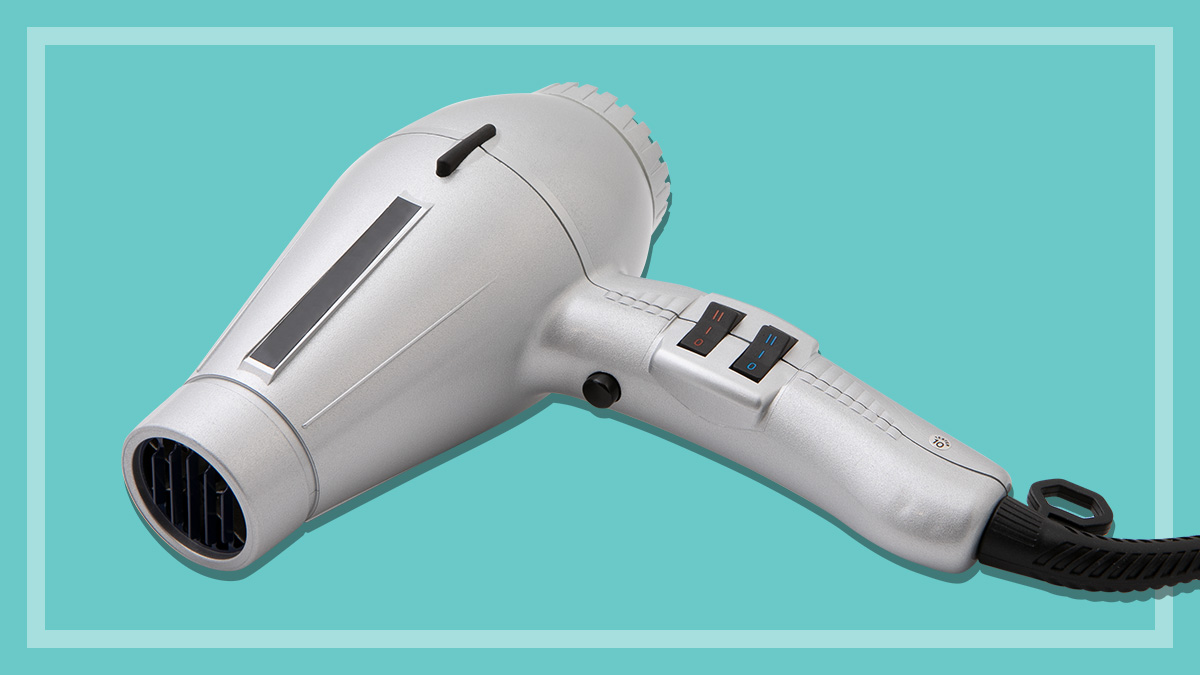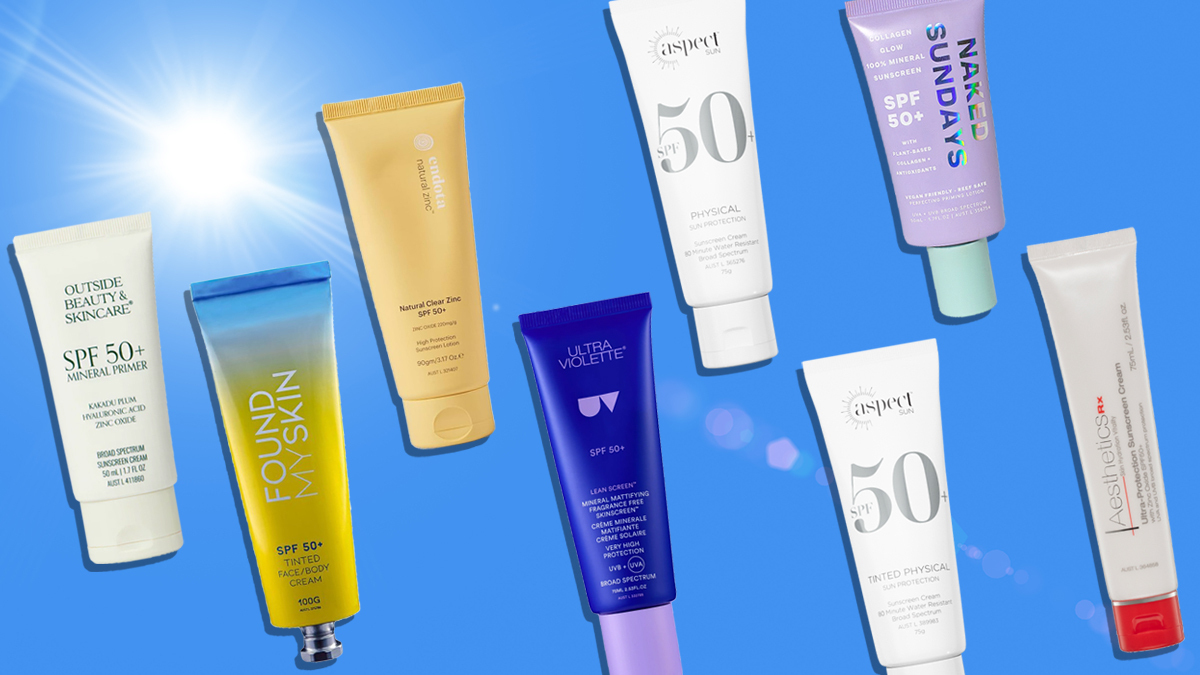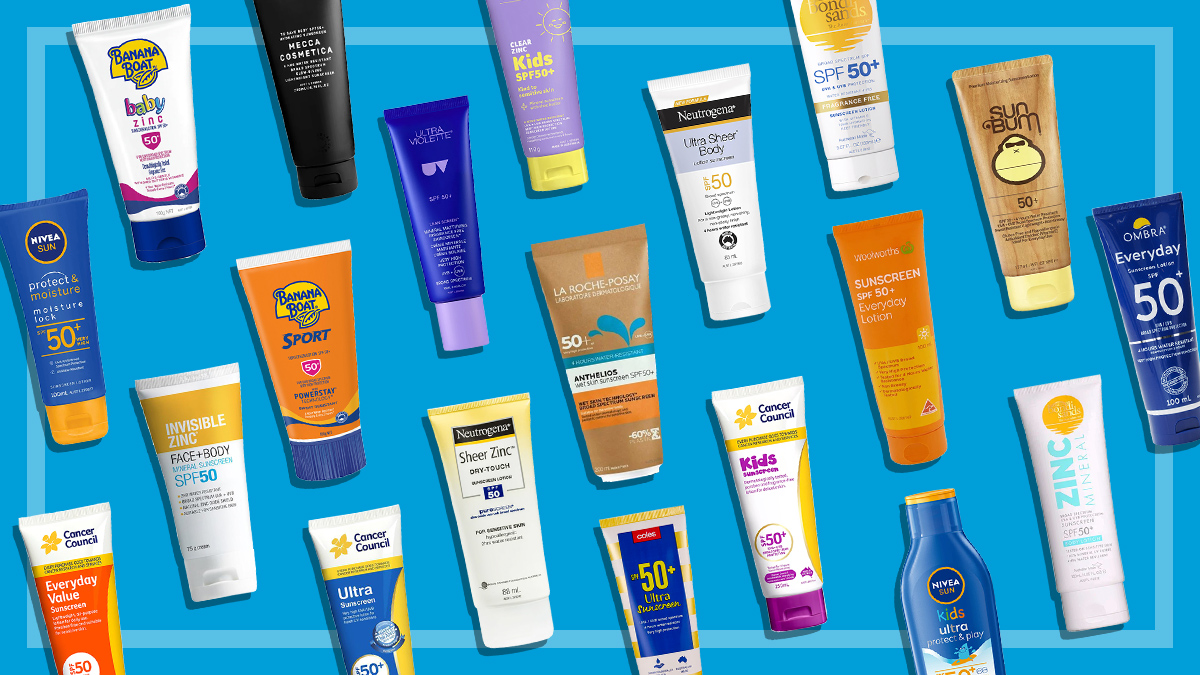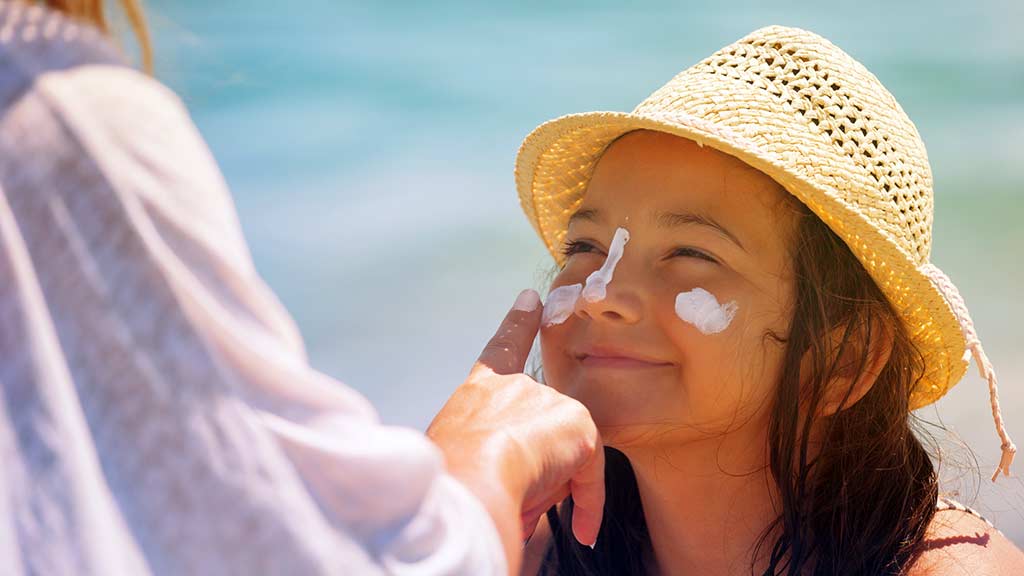Get our independent lab tests, expert reviews and honest advice.
How we test sunscreen
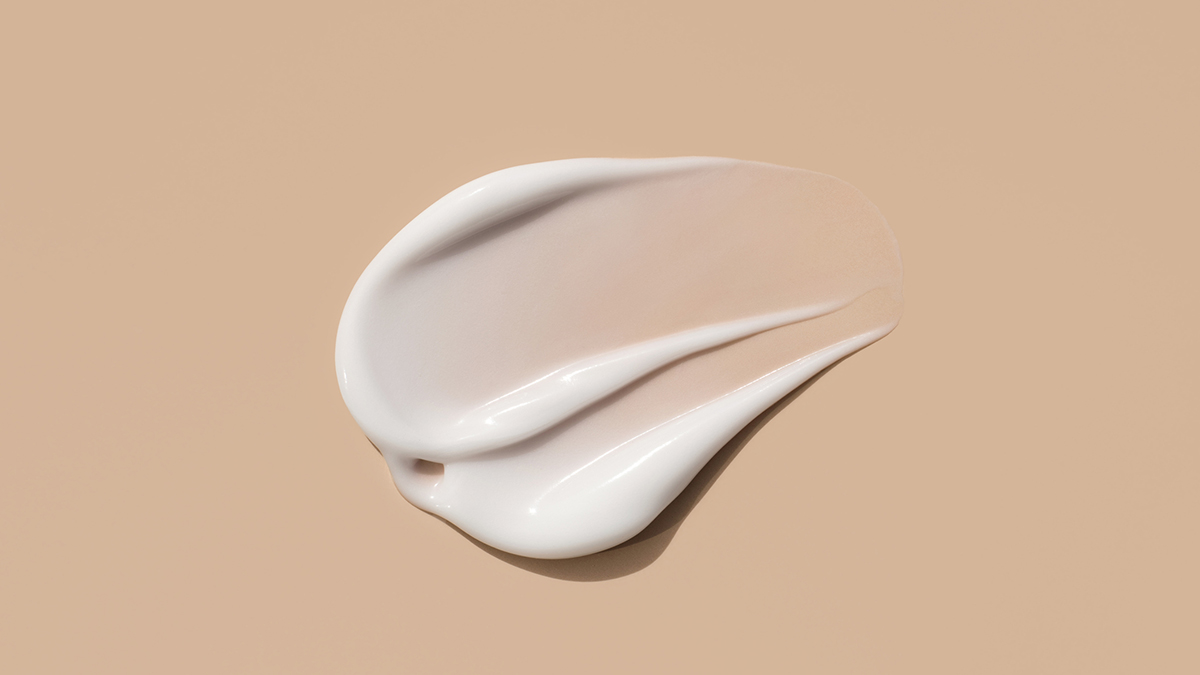
Sunscreen plays an essential role in protecting our skin from the harmful effects of the sun. With so many brands and options available, choosing the right sunscreen can be an overwhelming process.
On this page:
- Where the sunscreens were tested
- How we choose which sunscreens to test
- How we test sunscreens
- Why are sunscreen testing results variable?
- Scoring criteria explained
We wanted to know if sunscreens live up to their SPF (sun protection factor) claims, so we put a range of products to the test to help Australians make an informed decision when shopping for sunscreen.
Where the sunscreens were tested
While we do a lot of product testing in-house, we sent 20 sunscreens to an external laboratory, Sydney-based Eurofins Dermatest, which is accredited to test sunscreens in line with the Australian/New Zealand Sunscreen Standard, as specified by the requirements of the Therapeutic Goods Administration (TGA).
This lab has specialist expertise and equipment for SPF testing, so we can determine which sunscreens meet their claims and will work best at protecting you in the sun.
After the Ultra Violette product returned an SPF of 4 when tested at the Sydney lab, we sent a different batch of this product to an accredited, specialised laboratory in Germany, the Normec Schrader Institute, for a validation test. The validation test returned an SPF of 5.
How we choose which sunscreens to test
While we’d love to test every sunscreen on the market, we had to narrow down our selection for testing.
Using retail data and our expertise in buying behaviour and consumer trends, we honed in on a selection of sunscreens that included some of the most widely available and commonly bought sunscreens in Australia, as well as brands that are popular with various demographics. We included a range of price points and brands available in the major retailers and through specialist retailers or online.
Another consideration was to include a mix of chemical and mineral sunscreens, as well as products marketed specifically as being suitable for kids.
Based on this information, we put together a final list for our buyers, who headed out to the shops (or online) to buy each product in the same way a regular consumer would. We do this so we can be sure the products we’re testing are the same as products that Australians are buying from supermarket shelves and other retailers.
We also ensured we were buying sunscreens with similar expiration dates, in order to give the fairest results possible.
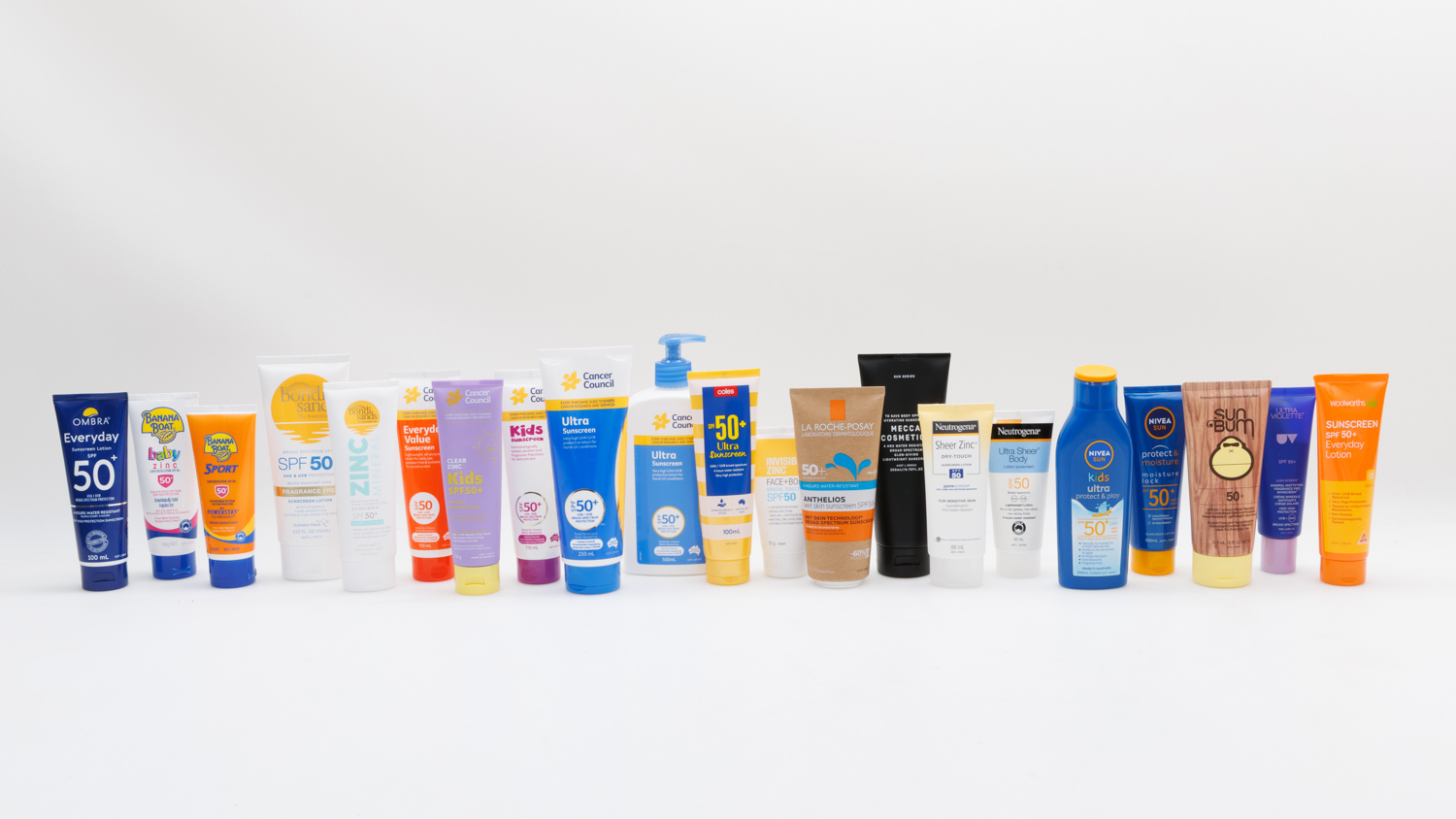
How we test sunscreens
SPF testing sets out to determine if manufacturers are meeting their SPF claims, using the Australian/New Zealand Sunscreen Standard (AS/NZS 2604:2021), which refers to the International Standards (ISO 24444:2019 and 24443:2021).
All 20 sunscreens initially underwent a five-person panel test in an accredited laboratory in Australia as specified by the standard, and then 18 of those sunscreens (every product except the two that returned the highest results, the La Roche-Posay and Neutrogena products) underwent another five-person panel test.
Overall, 18 of the sunscreens underwent a 10-person panel test. The product sent to Germany had a third round of testing on another five-person panel.
We used the same process that manufacturers use to test their products. In our test, however, products underwent blind testing, a standard method used to minimise bias and improve validity in scientific research. To facilitate blind testing, all 20 sunscreen products were decanted into amber glass jars, sealed, labelled and transported in accordance with strict instructions provided by Eurofins Dermatest, the accredited and specialised laboratory CHOICE used for testing. Amber glass jars were used in order to limit any degradation of the sunscreen ingredients and ensure the validity of our results, as they block UV light more than clear glass jars, and glass is less reactive than plastic. The entire process, including transportation to the Sydney-based Eurofins Dermatest, was undertaken within an hour. The product sent to Germany was also decanted into an amber glass jar, sealed, labelled and transported according to strict instructions provided to CHOICE by sunscreen experts at the Normec Schrader Institute.
There are three steps to the tightly controlled and consistent process: product application, solar simulation and reading of results.
1. Product application
A very precise measurement (2 milligrams of sunscreen per centimetre square of skin) of the product is applied to a marked out area of the skin. This is the recommended amount of sunscreen people should be using as part of adequate everyday use. The product is evenly spread using a standardised technique and then left to dry for 15 to 30 minutes.
The panel of volunteers used to test the sunscreens must have skin types that show sun-burning reactions and not have any sensitivities to the products’ ingredients.
2. Solar simulation
The lab uses a calibrated solar simulator that has been specifically designed to imitate the spectrum of sunlight. Small incremental doses of light are applied to the area protected by the tested sunscreen, as well as to an area protected by a control sunscreen with a known SPF, and to an unprotected area. Overnight, a slight sunburn will develop in test areas.
3. Reading of results
Around 24 hours after exposure, the results are recorded. The lab determines how much UV exposure (in seconds) is needed for someone to start burning without sunscreen. It then determines how much exposure is needed with the sunscreen test sample applied. The factor between the two is the sun protection factor (SPF). A control sunscreen is used on each test subject to validate results.
Note that we did not test these sunscreens for their water resistance.
Why are sunscreen testing results variable?
Different labs can get a variation of SPF results for the same sunscreen. CHOICE isn’t the first consumer organisation to find that our sunscreen test results differ from those achieved by manufacturers, despite the fact that labs are supposedly testing to the same standard.
To account for the variability that can occur when testing sunscreens, CHOICE has applied a 20% allowance when assessing the test results for sunscreens. This means that if a sunscreen returned an SPF that was within 20% of the SPF result required by the TGA, we assessed it as meeting its SPF claims.
It’s worth noting that even with this 20% allowance, 16 of 20 sunscreens still didn’t meet their claims – highlighting there may be a systemic problem in the Australian sunscreen market.
Our findings and the potential public health implications warrant further investigation by the TGA through a compliance review. We are asking the TGA to independently test the mean SPF of at least the sunscreens that failed our commissioned tests. In the circumstances, we do not consider it acceptable to rely on test results provided by suppliers.
Sunscreen testing is costly. CHOICE – an independent, member-funded non-profit – funded this work entirely ourselves due to its importance for consumers. We believe consumers should be able to trust what is written on sunscreen packaging. This is why we want to see the TGA do its own testing.
Scoring criteria explained
The CHOICE Expert Rating reflects the ratio between the measured SPF of a sunscreen and its label claim, expressed as a percentage.
We recommend sunscreens with a CHOICE Expert Rating of at least 80%. This means the product receives a ‘pass’ result in the SPF rating test. A score of 100% means the product meets its claimed SPF.

